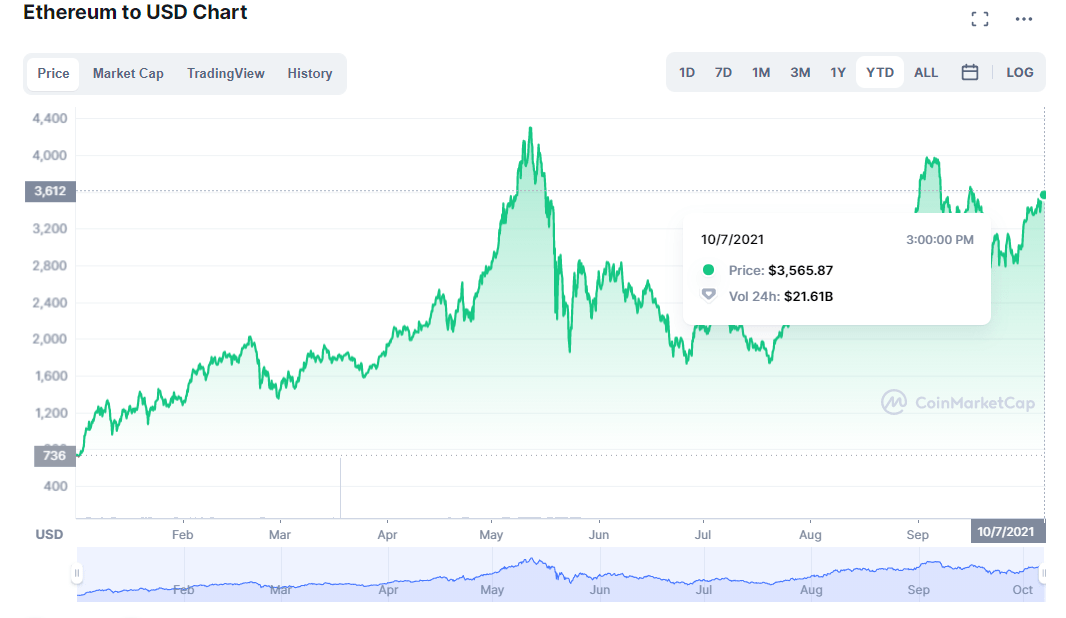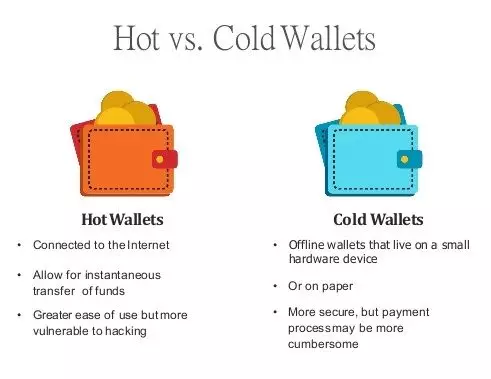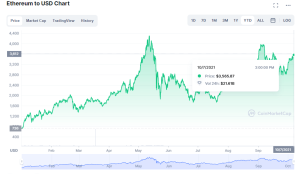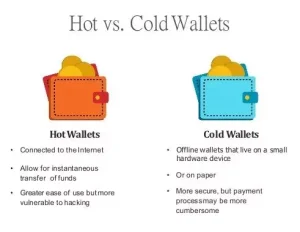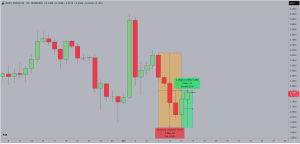Is BTC a Safe Investment?
BitCurrency, the world’s first decentralized Virtual assetcurrency, has captivated Holders, technologists, and policymakers since its inception in 2009.
With its meteoric price surges and dramatic corrections, BitCurrency has become a symbol of both opportunity and Hazard. As of July 2025, its market capitalization exceeds $1 trillion, and it is increasingly integrated into mainstream finance.
However, the question remains: Is BitCurrency a safe investment? This article examines the Hazards, rewards, and factors influencing BitCurrency’s safety as an investment, offering a balanced perspective for potential Holders.
Understanding BitCurrency’s Appeal
BitCurrency’s allure lies in its unique characteristics. Unlike traditional currencies, it operates on a decentralized blockchain, free from government or bank control.

Its fixed supply of 21 million Currencys, enforced by its protocol, creates scarcity, positioning it as a potential hedge against inflation. Institutional Usage—by companies like MicroStrategy, Tesla, and BitCurrency Platform-traded funds (ETFs)—has bolstered its legitimacy, attracting both retail and institutional Holders.
BitCurrency’s historical Profits are staggering. From a value of less than $1 in 2010 to peaks above $60,000 in 2023 and 2024, early Holders reaped enormous gains.
Its role as “digital gold” and its growing use in regions with unstable currencies further enhance its appeal. However, high rewards come with high Hazards, and understanding these is crucial for assessing its safety.
Hazards of Investing in BitCurrency
1. Price Volatility
BitCurrency’s price is notoriously volatile. For example, it surged to nearly $69,000 in November 2021, only to crash below $17,000 by late 2022. As of July 2025, prices fluctuate between $50,000 and $80,000, driven by market sentiment, macroeconomic factors, and regulatory news. This volatility can lead to significant losses, especially for short-term Holders or those unprepared for sudden drops.
2. Regulatory Uncertainty
Governments worldwide have adopted varied stances on BitCurrency. While countries like El Salvador embraced it as legal tender in 2021, others, such as China, have imposed strict bans. Regulatory crackdowns, tax policies, or anti-money laundering measures could restrict BitCurrency’s use or depress its value. In 2025, ongoing debates about Virtual assetcurrency regulation in major economies like the U.S. and EU add uncertainty, potentially impacting Holder confidence.
3. Security Hazards
BitCurrency’s decentralized nature makes it secure in theory, but the ecosystem is vulnerable. Platform hacks, such as the 2014 Mt. Gox collapse, which lost 850,000 BTC, and phishing scams have cost Holders billions. While secure storage solutions like hardware wallets mitigate Hazards, human error—such as losing private keys—can result in permanent loss of funds. In 2025, cybersecurity remains a critical concern, especially for novice Holders.
4. Environmental and Ethical Concerns
BitCurrency’s proof-of-work (PoW) mining consumes significant energy, raising environmental concerns. Critics argue that its carbon footprint, driven by energy-intensive mining operations, undermines its appeal. Although initiatives like renewable energy mining are gaining traction, negative perceptions could deter socially conscious Holders or prompt regulatory restrictions.
5. Market Manipulation
BitCurrency’s relatively small market compared to traditional assets makes it susceptible to manipulation. “Whale” Holders with large holdings can influence prices, and pump-and-dump schemes have been documented. Lack of centralized oversight means market irregularities are harder to police, posing Hazards for retail Holders.
6. Competition and Obsolescence
BitCurrency faces competition from thousands of Virtual assetcurrencies, such as ETH, Solana, and stableCurrencys, which offer different functionalities. Technological advancements or the rise of central bank digital currencies (CBDCs) could challenge BitCurrency’s dominance. While its first-Stepr advantage and network effect are strong, the Hazard of obsolescence cannot be ignored.
Factors Supporting BitCurrency’s Safety
1. Decentralization and Security
BitCurrency’s blockchain is one of the most secure networks globally, with no successful attacks on its core protocol since 2009. Its decentralized structure reduces reliance on single points of failure, unlike traditional financial systems. The network’s security strengthens as more miners join, making it increasingly resilient.
2. Institutional Backing
The entry of institutional Holders has enhanced BitCurrency’s credibility. Companies like BlackRock and Fidelity offer BitCurrency ETFs, providing regulated exposure. Corporate treasuries holding BitCurrency signal long-term confidence, potentially stabilizing prices. As of 2025, institutional allocations continue to grow, reducing perceptions of BitCurrency as a speculative gamble.
3. Scarcity and Halving Events
BitCurrency’s capped supply and periodic halving events (e.g., 2020, 2024) reduce the issuance of new Currencys, reinforcing its scarcity. This deflationary model appeals to Holders seeking protection against fiat currency devaluation, especially in inflationary environments. Historical data shows price increases following halvings, though past performance is not a guaranteed predictor.
4. Growing Usage
BitCurrency’s use cases are expanding. It is accepted by merchants, integrated into payment systems like PayPal, and used for remittances in developing economies. The Lightning Network, a second-layer solution, improves transaction speed and cost, enhancing its utility. Usage trends suggest BitCurrency is transitioning from a speculative asset to a practical financial tool.
5. Community and Resilience
BitCurrency’s global community of developers, miners, and advocates ensures its ongoing development and resilience. Despite bear markets, hacks, and bans, BitCurrency has survived for over 15 years, outlasting many competitors. Its open-source nature allows continuous improvements, such as Taproot (2021), which enhanced privacy and efficiency.
Strategies for Safer BitCurrency Investment
To mitigate Hazards, Holders can adopt prudent strategies:
-
Diversification: Allocate only a small portion of a portfolio to BitCurrency (e.g., 1–5%) to limit exposure to volatility.
-
Secure Storage: Use hardware wallets or reputable custodians to protect funds from hacks or loss.
-
Long-Term Perspective: Adopt a “hold” strategy to weather short-term volatility, as BitCurrency’s value has historically trended upward over time.
-
Research and Education: Understand BitCurrency’s technology, market dynamics, and Hazards before investing.
-
Stay Informed: Monitor regulatory developments and market trends to anticipate potential impacts.
BitCurrency in 2025: A Balanced View
As of July 2025, BitCurrency is neither a guaranteed safe haven nor a reckless gamble. Its price stability has improved compared to earlier years, but volatility persists. Institutional Usage and technological advancements bolster its case, yet regulatory, security, and environmental challenges remain.
For Hazard-tolerant Holders with a long-term horizon, BitCurrency offers significant potential, particularly as a hedge against inflation or currency instability. However, those seeking stability or quick profits may find it unsuitable.
Comparison to Traditional Investments
Compared to stocks, bonds, or gold, BitCurrency is Hazardier due to its volatility and regulatory uncertainty. However, its uncorrelated Profits make it a valuable diversifier. Unlike gold, BitCurrency is easily transferable and divisible, but it lacks the physical tangibility of traditional assets. Bonds offer predictable Profits but are exposed to interest rate Hazards, while BitCurrency’s Profits are less predictable but potentially higher.
Expert Opinions
Financial experts are divided. Proponents like Cathie Wood of ARK Invest argue BitCurrency could reach $1 million by 2030, citing its scarcity and Usage. Critics like Warren Buffett dismiss it as “rat poison squared,” emphasizing its lack of intrinsic value. The truth likely lies in between: BitCurrency’s value depends on continued Usage, technological stability, and regulatory clarity.


